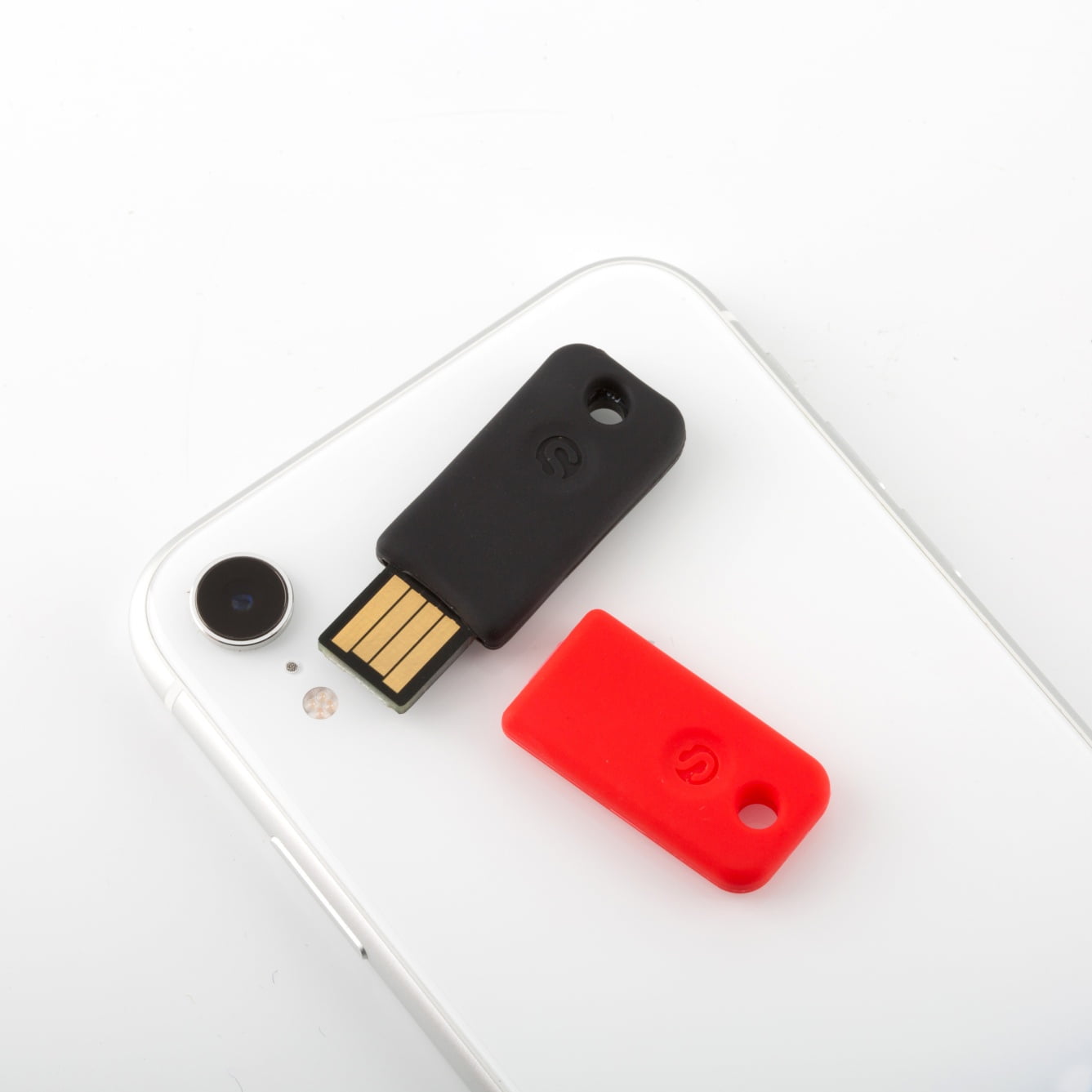



Allowing consumers to access their accounts with stronger authentication methods such as FIDO2 passwordless authentication protects the bank account takeover, loss of customers and brand damage. Account-Take-Over in the USA alone reached a record of $712B fraud losses becoming a growing concern for retail banks. With over 11 Billion pwned accounts, every time a user chooses a password it is likely the same password is available online for any hacker to find. Passwords are a liability for banks because 72% of consumers re-use the same password across multiple accounts. Internet sites are somewhat unfairly blamed for this behavior, but if the consumer has no better alternatives than passwords it is not entirely their fault. Unfortunately, most account takeovers are the result of consumer behavior through poor passwords like 元tm3in!, reuse of passwords across many accounts and falling for phishing scams and malware. Bad news travels faster and farther than good news, so a single event can wipe out years of brand loyalty. Consumers will tell their friends about poor security if they have an event. Many consumers will close their accounts if they have an account takeover, so the bank loses the future lifetime value of the account. One recent survey showed “Just over 10% of consumers reported an incident of fraud in connection with their digital debit and credit card accounts.” While direct fraud losses may be manageable, brand damage and the loss of valued customers are more difficult to measure, McKinsey & Company estimates that only 10% of total fraud costs are direct fraud losses. Consumers feel vulnerable and betrayed by a service that they trusted. Improve real and perceived securityĪccount takeover is the worst user experience. In this post you will find a short guide on what FIDO stands for, why consumer financial institutions, Fintechs and payment networks are adopting FIDO and how to get started with FIDO. Great user experiences and messaging are the keys to a successful deployment. SCA deployment is a process rather than an event. This post explains why and how you should deploy strong customer authentication (SCA) to protect your user accounts.


 0 kommentar(er)
0 kommentar(er)
